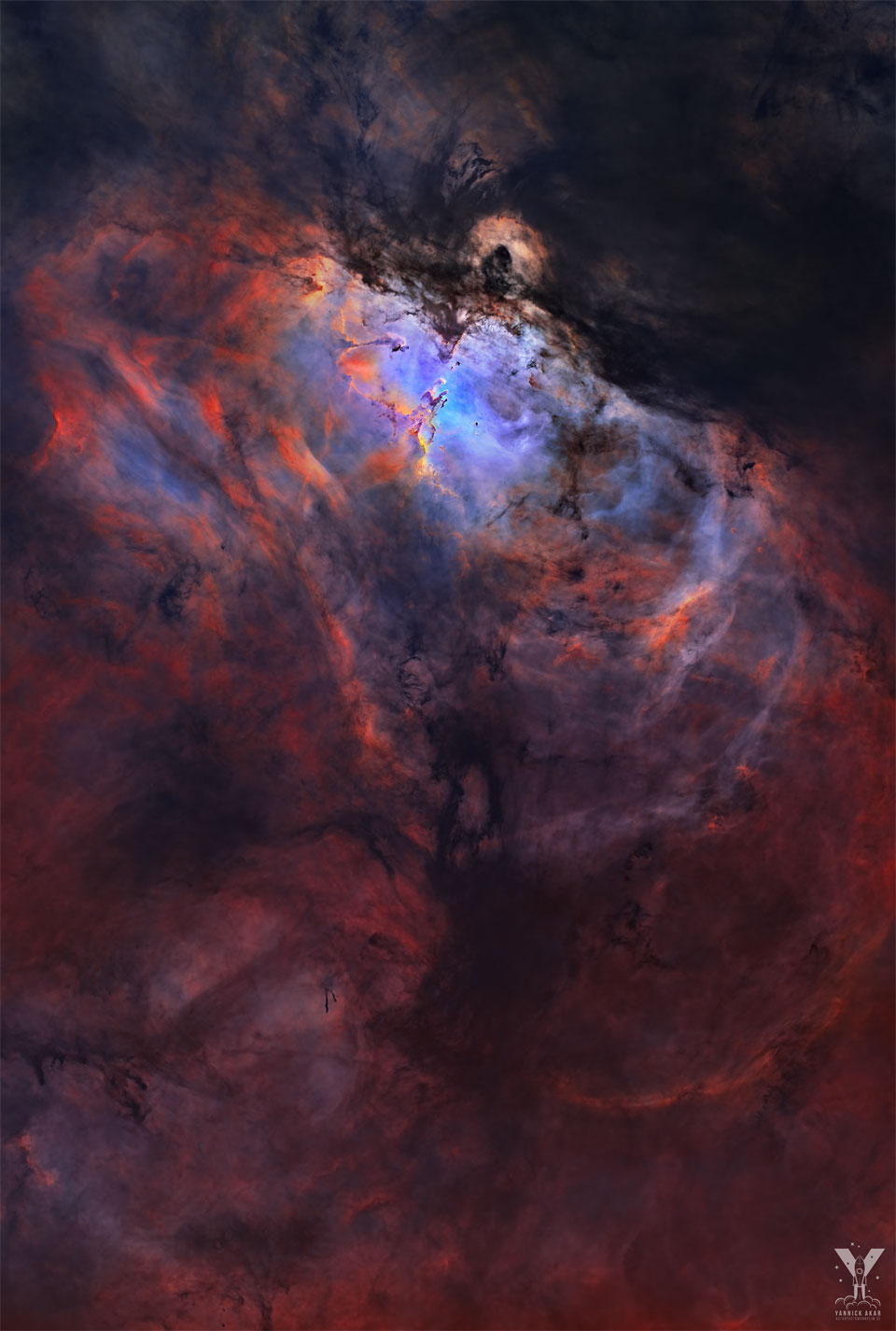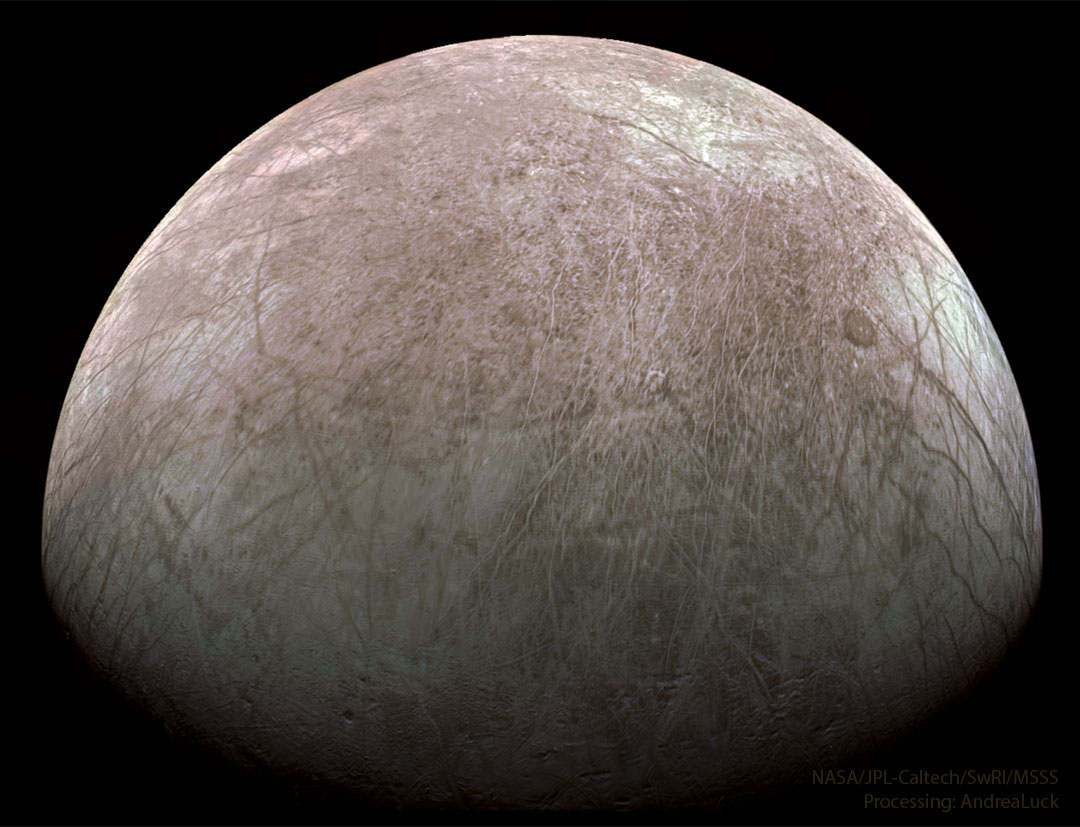안녕하세요, 잡학다식 입니다. 오늘은 과연 나사에서 어떤 방식으로 우주의 형상을 표현해 줄까요?
우선 이미지부터 볼 수 있도록 하겠습니다
해당 사진의 이름은 Expanding Plume from DART's Impact 인데요 우선 NASA에서 공식적으로 발표한 설명들을 확인해 보겠습니다
What happens if you crash a spaceship into an asteroid? In the case of NASA's DART spaceship and the small asteroid Dimorphos, as happened last week, you get quite a plume. The goal of the planned impact was planetary protection -- to show that the path of an asteroid can be slightly altered, so that, if done right, a big space rock will miss the Earth. The high brightness of the plume, though, was unexpected by many, and what it means remains a topic of research. One possibility is that 170-meter wide Dimorphos is primarily a rubble pile asteroid and the collision dispersed some of the rubble in the pile. The featured time-lapse video covers about 20 minutes and was taken from the Les Makes Observatory on France's Reunion Island, off the southeast coast of southern Africa. One of many Earth-based observatories following the impact, the initial dot is primarily Dimorphos's larger companion: asteroid Didymos. Most recently, images show that the Didymos - Dimorphos system has developed comet-like tails. DART Impact on Dimorphos: Notable images submitted to APOD
이번에도 광활한 우주 앞에 인간이 얼마나 작은 존재인지 다시 한번 알게 되는것 같습니다
저는 내일도 더 좋은 사진과 함께 돌아오겠습니다, 그럼 행목한 하루 되시길 바랍니다
'과학상식' 카테고리의 다른 글
| NASA 나사의 오늘의 이미지들 (2022-10-07) (0) | 2022.10.08 |
|---|---|
| NASA 나사의 오늘의 이미지들 (2022-10-06) (0) | 2022.10.07 |
| NASA 나사의 오늘의 이미지들 (2022-10-04) (0) | 2022.10.05 |
| NASA 나사의 오늘의 이미지들 (2022-10-03) (0) | 2022.10.04 |
| NASA 나사의 오늘의 이미지들 (2022-10-02) (0) | 2022.10.03 |

